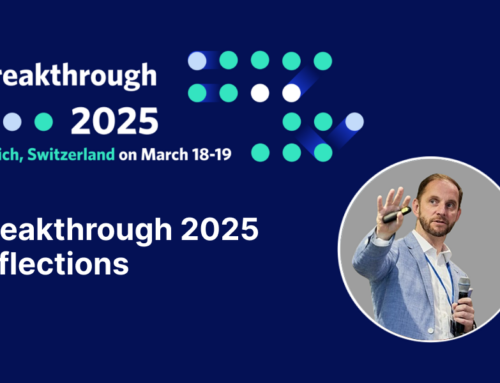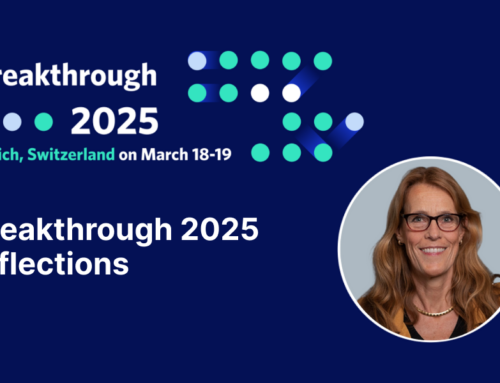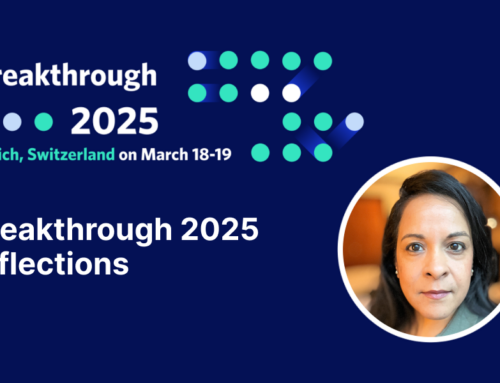On May 9, 2018, ArisGlobal sponsored a webcast with DIA on the topic of “Practical Use Cases of Automation in Pharmacovigilance and Regulatory E-2-E Productivity.” Two of ArisGlobal’s top thought leaders, David Scanlon, Senior Director of Regulatory Strategy, and Dr.Vivek Ahuja, Vice President of Global Pharmacovigilance presented a detailed overview of the positioning of how automation is already making and set to make a substantial difference in end-to-end (E-2-E) pharma processes in these two critical areas. This is the second and final in a 2-part blog series that has taken these audience responses, and shares our thinking about what they mean to the future of automation in Regulatory and Safety.
In part 1 of this blog series, we gave feedback regarding two of the polling questions asked during the webinar. The first poll asked webinar attendees to identify the greatest challenge across their E-2-E processes. At 30% response, “Lack of systems integration” was the primary challenge, followed by 22% choosing “Silo’d” approach within organization.”
Our second polling question, “How would you rate your automation capabilities,” helped attendees gauge where their organization stood on the journey towards automation as compared to others. At 76%, clearly the vast majority of attendees are either just beginning (44%) or haven’t even started yet (32%). Clearly, many companies are still exploring and trying to understand just how automation can be best used within their organization.
Automation & Pharmacovigilance
For pharmacovigilance, Dr. Vivek Ahuja gave practical use cases for automation spanning Case Processing of Spontaneous Reports, Duplicate Case Detection & Management, Auto-Data Entry, Identification of Relevant ICSRs, Redaction, Medical Literature Monitoring, Data Privacy, and Intake and Triage.
Polling Question #3: How far along the road would you say you are in realizing benefits from automation in safety?
Our third polling question asked attendees to rate the benefits they have realized from automation in safety. Of the 73 responses received, 58% said that they are just beginning to realize benefits or only beginning to understand the possibilities. There were a few attendees (16%) that mentioned that the automation technologies were already in development.
Several reports have previously identified leadership support as an important factor for successful adoption of automation technologies. Notably, in this poll, only 4% of respondents said that “business leadership is fully engaged” in realizing benefits from automation adoption strategies.
“The day that business and IT leadership are fully engaged will be the tipping point when everyone will begin using automation,” shared Dr. Ahuja. “In my opinion, the prophecy of pharmacovigilance is that in the next three to five years, PV will turn completely upside down, and automation will become par for the course. There will be many available applications for PV automation.”
Polling Question #4: In your organization, in which of the following areas would automation create maximum value?
Typically, automation has the highest potential for application in areas involving manual and repetitive tasks. In pharmacovigilance activities such as data entry, segregation of relevant versus irrelevant reports, and scanning through large number of literature papers, can be categorized as ‘manual and repetitive’ tasks. With four possible responses to choose from — Manual Segregation, Data Entry Population, Performing Assessment Automatically, or All of the Above – our fourth polling question asked attendees to identify which area would best benefit from automation in their organization. A total of 80 responses were received. Not surprising, “All of the above” was the clear winner as everyone sees value in all of these areas.
Automation & Regulatory Affairs
During the webinar, David Scanlon shared how the burden of meeting compliance and business requirements for manufacturing, marketing, patents, systems, legal, pharmacovigilance, clinical, regulatory, data and documents keeps regulatory affairs departments extremely busy.
With lots of organizational mergers and acquisitions taking place, redaction is certainly an important automation activity in the exchange of documents. But documents also need to be exchanged in an effective way, which often takes a bit of work. Optimizing those regulatory activities with internal processes requires greater efficiencies in regulatory information management systems (RIMS), document management, and other ancillary systems.
So, like for pharmacovigilance, managing the regulatory data that surrounds these areas and the standards to which we develop it, is where automation offers a new way to handle the increasing pressures for reduced costs and the increasing requirements to do more work based as regulators demand more information.
“There has been a lot of hype and hyperbole in the press about automation. Many senior leaders in pharma are starting to identify automation as a real opportunity to transform their business and set the elusive stage for greater productivity,” shared David.
Polling Question #5: What is the biggest hindrance in adopting automation technologies?
Our final polling question asked attendees to identify their biggest hindrance to adopting automation technologies. Here, 71 responses were received, and a little more even with one another, but “Uncertainty on [data] quality” was the top selection. This makes perfect sense since having data quality challenges makes it difficult to implement certain technologies. The second-leading response, “ROI does not justify investment” is perhaps justifiable at the moment in terms of benefit, but this will change over the next five to ten years as we see worldwide standardization on medicinal product initiatives like IDMP are embraced and take hold.
Where many solution vendors and life science organizations are still thinking and wondering how to leverage automation, ArisGlobal is leading the way with LifeSphere®. We hope you found this blog series helpful as you and your organization begin your automation journey. A number of audience questions were asked and answered during this webinar. Curious to learn more? You can view the on-demand webcast to learn more about the role automation will have in the day-to-day E-2-E pharmacovigilance and regulatory activities.




